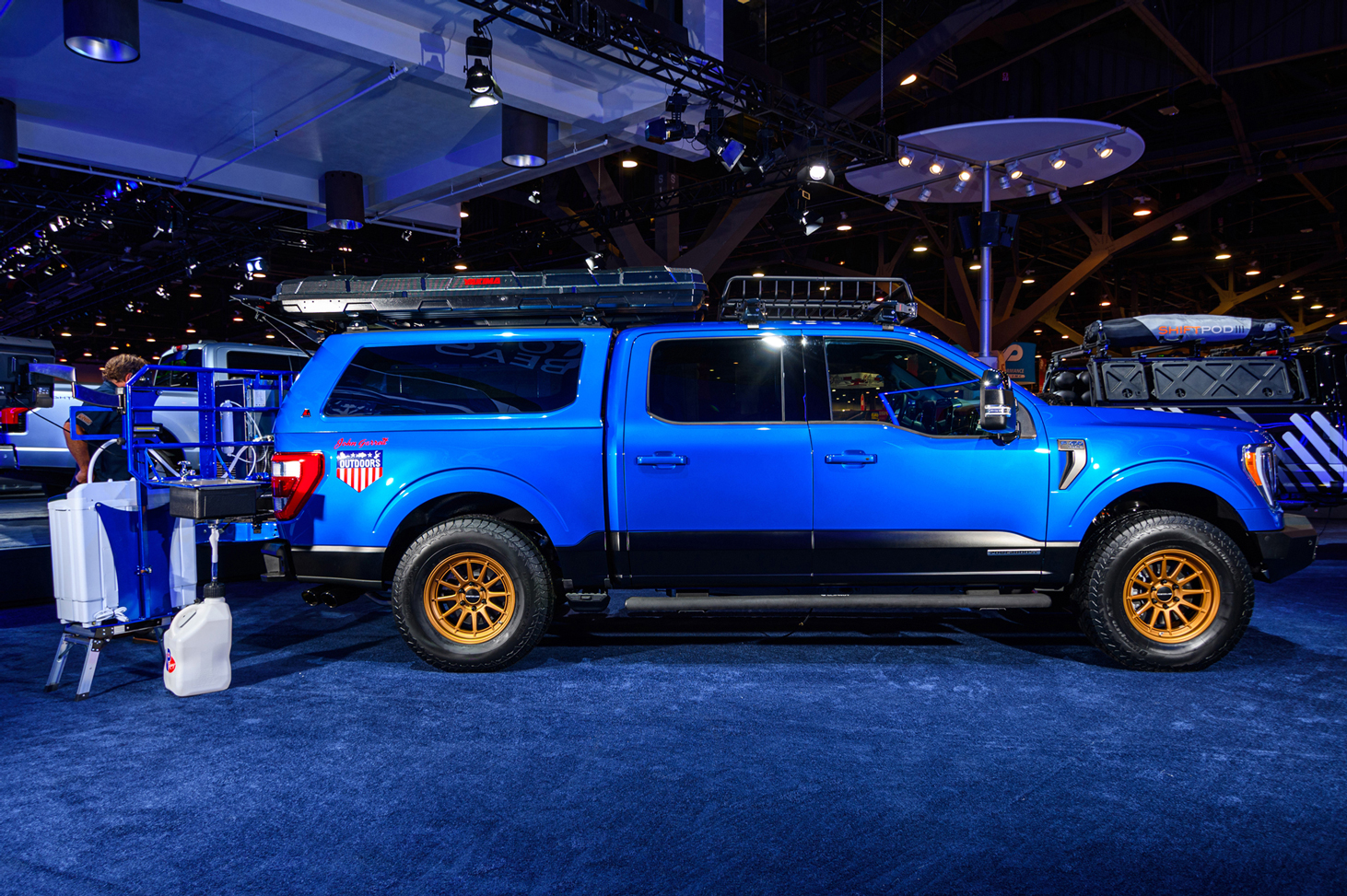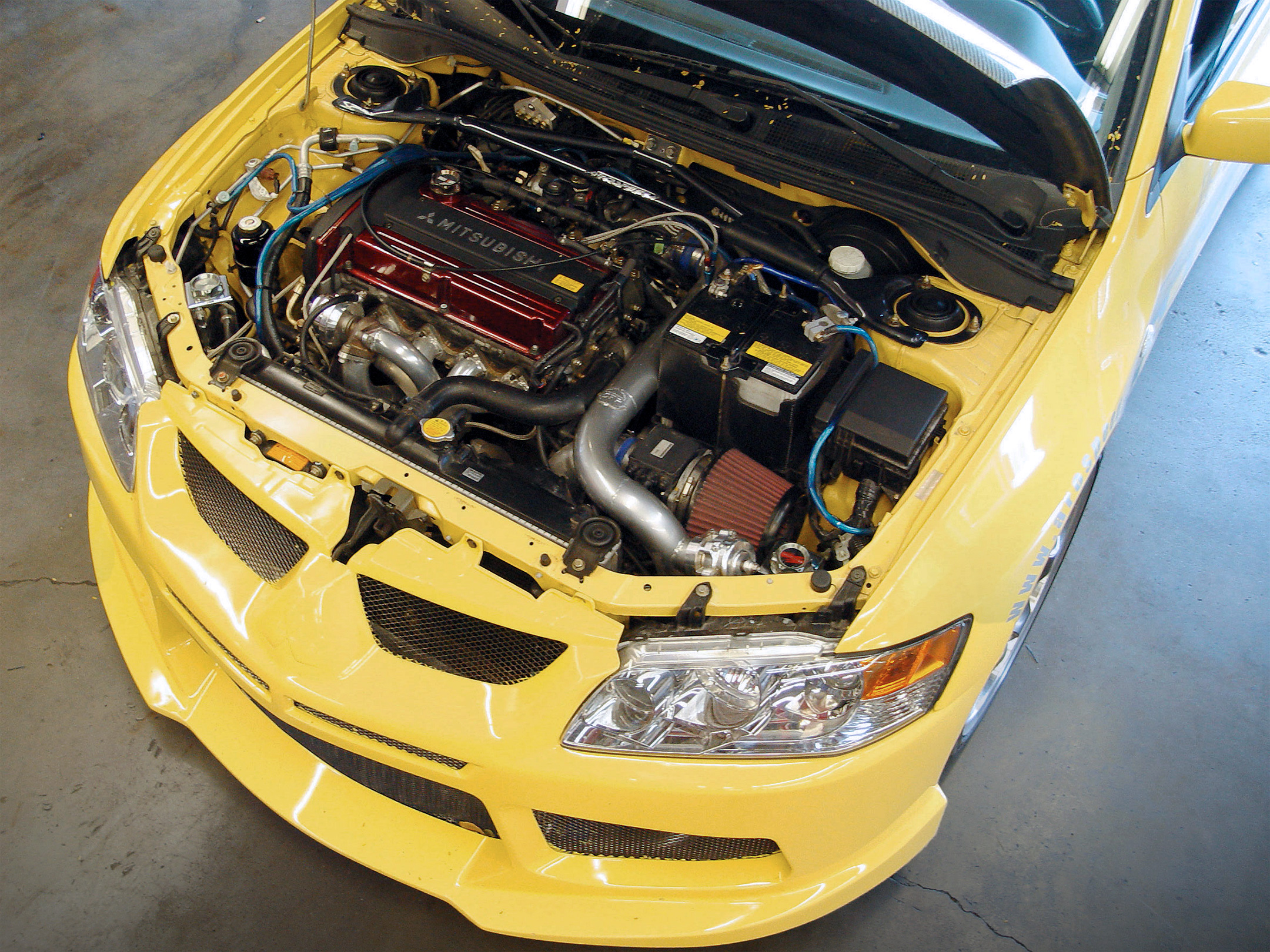Manufacturers

Everywhere we go, we hear people talking about how cool the new titanium stuff is. But do people even know what titanium is? Does it really make a difference?

In the long continuation of our Project ’67, the 1967 Chevrolet C10 buildup, several major components and systems have been previously addressed, most notably the Goodwrench LQ4 6.0-liter 366ci Escalade engine buildup by Arizona Speed & Marine. This included the versatile Magnuson Radix supercharger, 4L60E transmission and numerous performance parts and accessories. Continuing along those performance lines and all-out fashion, we would need to contend with the great amount of power this engine package would deliver. Initially, we can’t say that the stock brakes on the C10 were ever designed for the shear torque that would be applied to these assemblies, so it would eventually be necessary to address the stopping performance as well as the go performance. And, after all, brake upgrading was a part of this project plan from the beginning.

Cars and trucks are all about utilitarianism. Although vehicles have become status symbols, at the core, it’s all about getting people or things from one place to another. Through the years, Ford Motor Company has solidified its place in the annals of automotive history with its incredible lineup of consumer and commercial trucks. As the nameplate has been expanded and new options made available, Ford’s famed F-Series truly offers something for everyone.

Nissan is hoping that the Altima finds a niche with the tuner crowd and makes a huge splash with the younger generation that is far more car-conscious than those who buy mere transportation. It priced the car competitively at $17,900, but it’s hard to consider that $18,000 is reasonable—until you compare the Altima to what little you get out there for $17,900 nowadays.

These days, if you want to go fast on the track in a Honda, forced induction is almost a must, as most vehicles come with relatively small-displacement engines when compared to their domestic brethren. Basically, the more cylinder pressure and fuel that you can ignite, the faster you go. Admittedly, this all sounds pretty general, but for now, let’s roll with that thought.

So, you are the proud owner of a brand new Dodge SRT-4 and you love the sound of boost. Better yet, you love how quick your little four-door is. The only problem is … you want it to be faster. The need for speed is killing you and you will do anything and everything to get your adrenaline flowing. You have seen Mike Crawford and Shaun Carlson go down the track in their very fast SRTs and now you want the same thing.

In the case of a new Honda Civic Si (EP3), this owner wanted to enhance high-rpm power. The K20 engine with the new i-VTEC 2-liter powerplant has considerably more torque available in the lower part of the power band in comparison to the older B- and H-series VTEC engines. While the EP3 used here is primarily a street-driven machine, the owner plans on taking the car to the weekend dragstrip on occasion.

You have to admit that the thought of injecting water into your engine sounds crazy. We all know that water doesn’t burn and it can’t be compressed. Those unfortunate souls who have tried to do this now have engines that are the equivalent of ship anchors. In this installation, we aren’t going to be injecting huge amounts of water into an engine, but rather a fine mist that’s proportionate to the fuel flow (10 percent to 20 percent), using a high-pressure pump. This will help lower the chances of detonation by reducing the intake charge temperature.

By now, we all certainly know that nitrous oxide is a performance enthusiast’s best friend. Nothing can wake up a sleepy motor like a quick shot of nitrous.

Although modifying a car to handle well can often seem like a black art, virtually every aspect of handling comes down to three things: the weight of the vehicle, the traction generated by the tires, and the distribution of weight on each particular tire at a given moment.







